“Algologies” explores the entangled relationships between seaweed, women and science. The project draws links between Victorian seaweed collectors, the use of seaweed-based agar jelly in contemporary biology, and seaweed growth as a barometer of climate change and the environment as well as a strategy for carbon capture. The work fuses botanical printing techniques, DIY microbiology/biohacking to make agar from local seaweed, textile work, embroidery, installation and video interviews with experts. Everything can be found on the project blog.
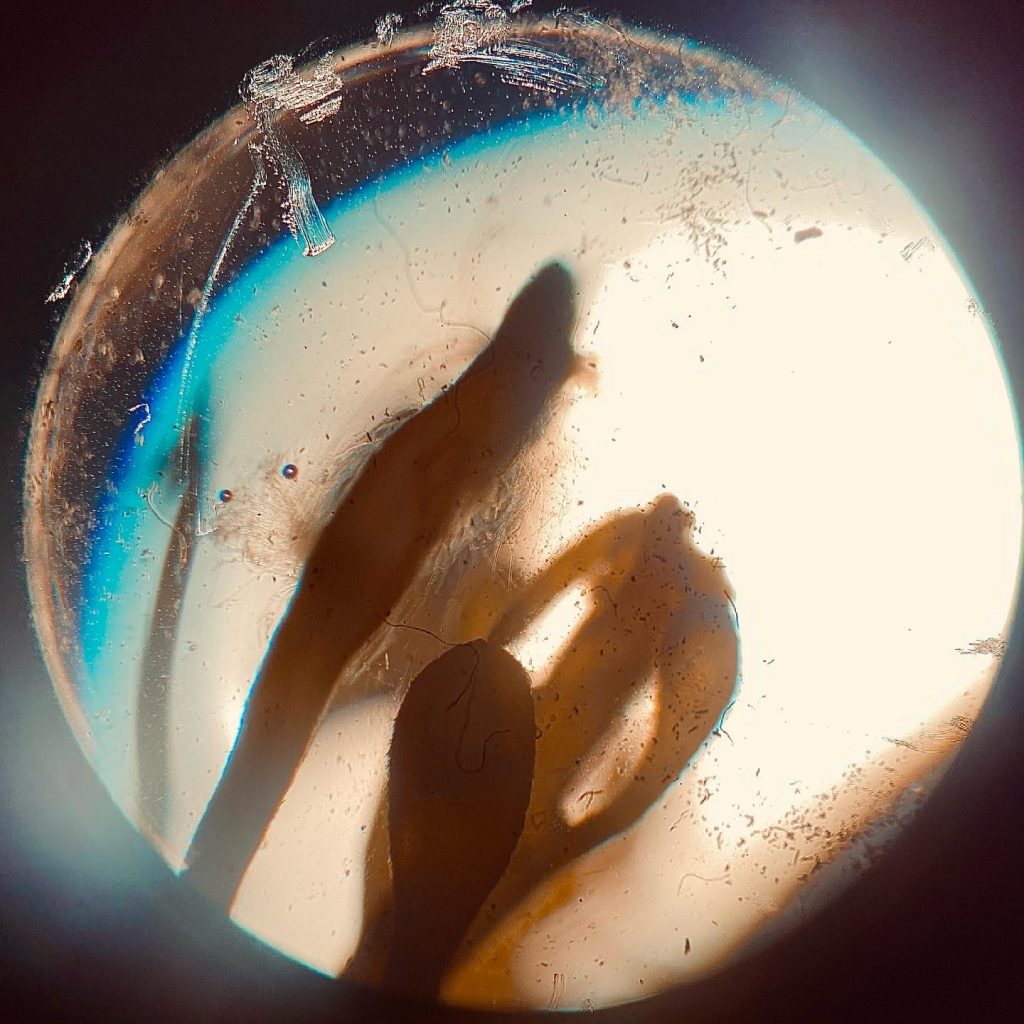
The project was developed through the Fabrica – Living Coast Unesco Biosphere Residency 2021 awarded to Anna Dumitriu by Fabrica Gallery in Brighton (UK). The residency ran in parallel to the exhibition, “The Forked Forest Path” by Olafur Eliasson which was exhibited at Fabrica Gallery in partnership with Brighton Festival. The residency ran from 17th May to 17th June 2021.
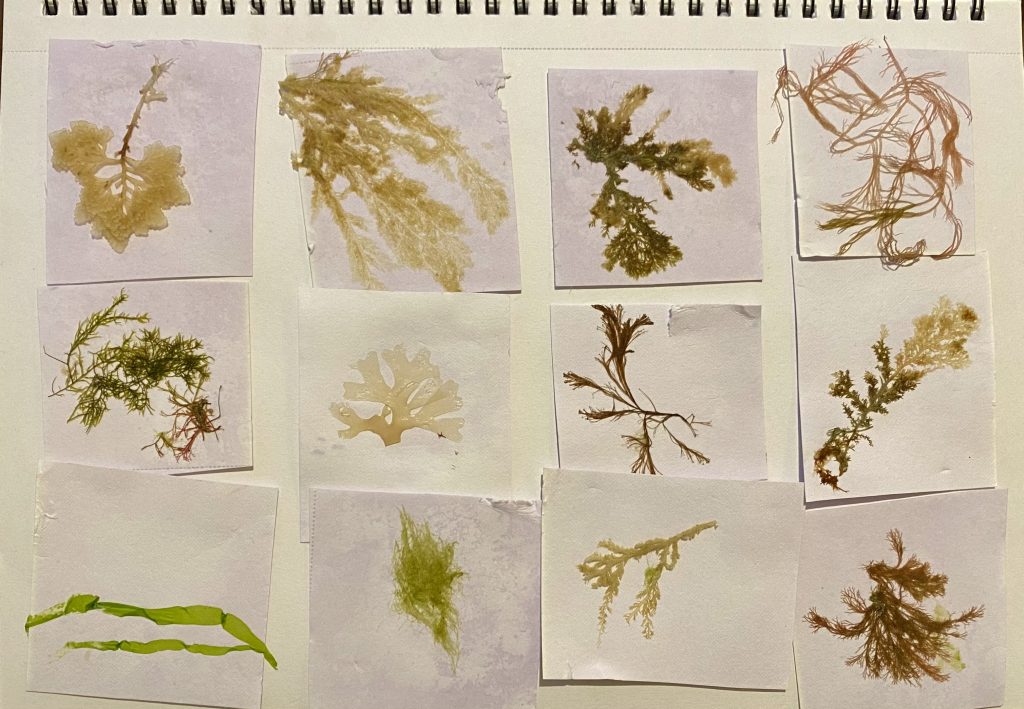
In Victorian Britain seaweed collecting was considered a respectable interest for women interested in scientific enquiry and even Queen Victoria participated. Anna Atkins was a pioneer in both botany and early photographic techniques using cyanotypes, and is considered the first person to have ever published a book of photographs, entitled “Photographs of British Algae: Cyanotype Impressions” in October 1843.
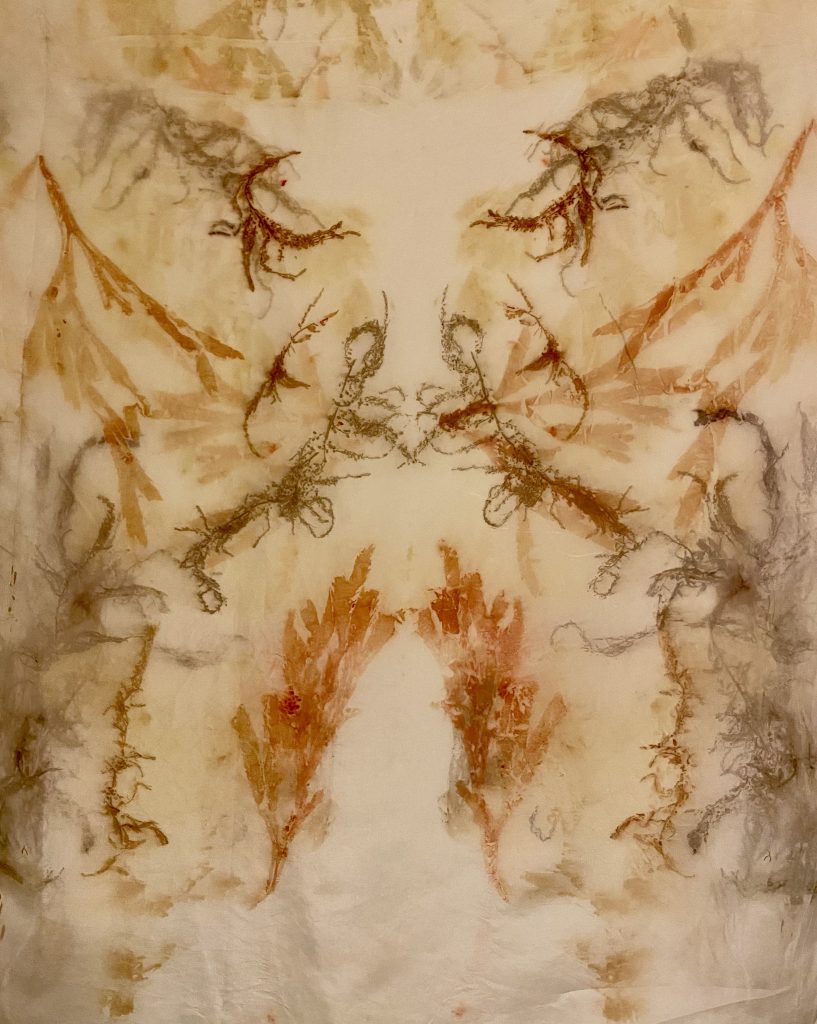
In Brighton, Mary Merrifield made important contributions to colour and pigment research, history of fashion and importantly in the field of algology, the study of algae – in the form of seaweed, notably in her 1864 book “A Sketch of the Natural History of Brighton and its Vicinity”.
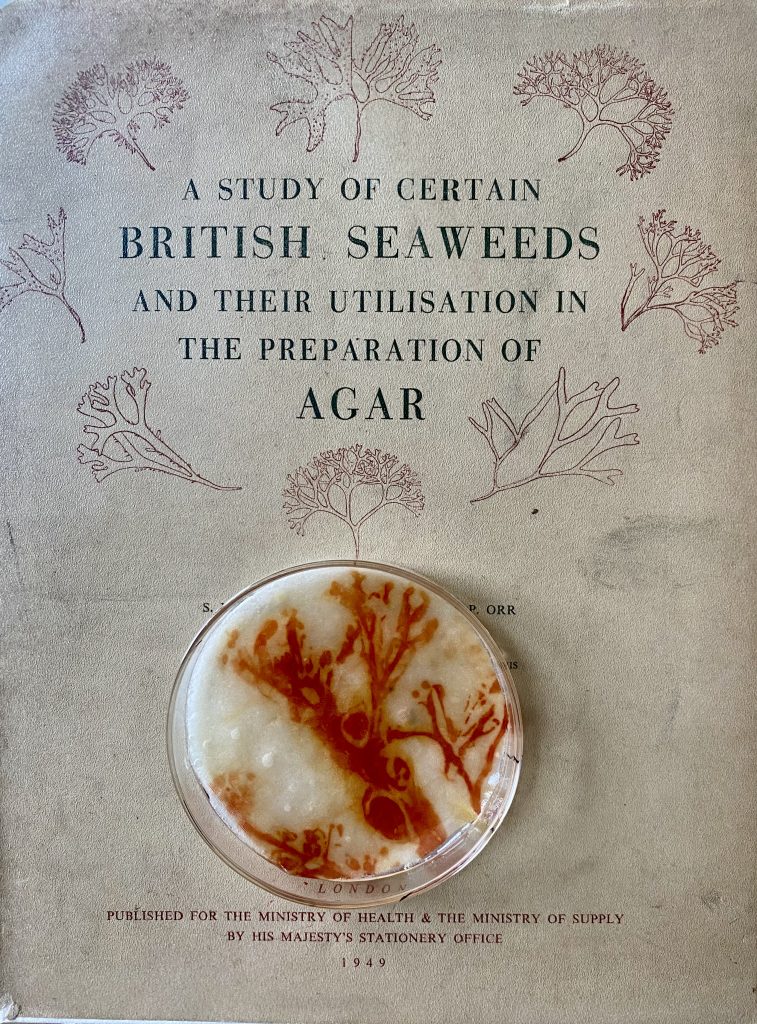
In 1882 Fannie Hesse was working as a technician with her husband Walter Hesse in the laboratory of the microbiology pioneer Robert Koch who was trying to grow bacteria on solid rather than liquid media, so he could isolate specific species. The gelatine he was trying to use melted at the temperatures needed to grow the kinds of bacteria that cause disease in humans, and she suggested that he try agar, a Chinese dessert made from red seaweeds she had been using to make fruit jellies, it can be heated to 60oC without melting. It is now used in practically every microbiology lab in the world. During the Second World War attempts were made to produce agar jelly from British seaweeds which Dumitriu attempted.
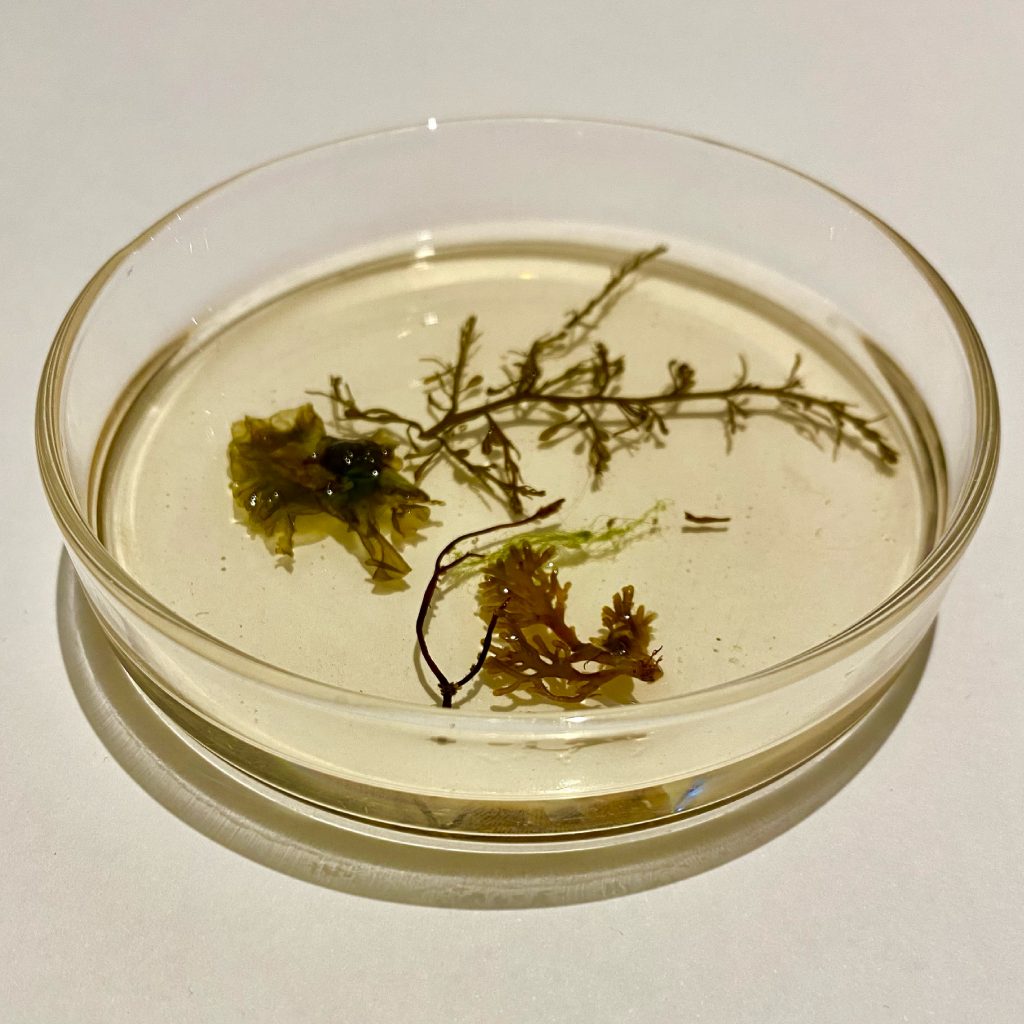
Nowadays, seaweed farming actually helps counter climate-change, while deforestation decimates rainforests and other crucial carbon sinks. Fast-growing oceanic jungles of kelp and other macroalgae are highly efficient at storing carbon.
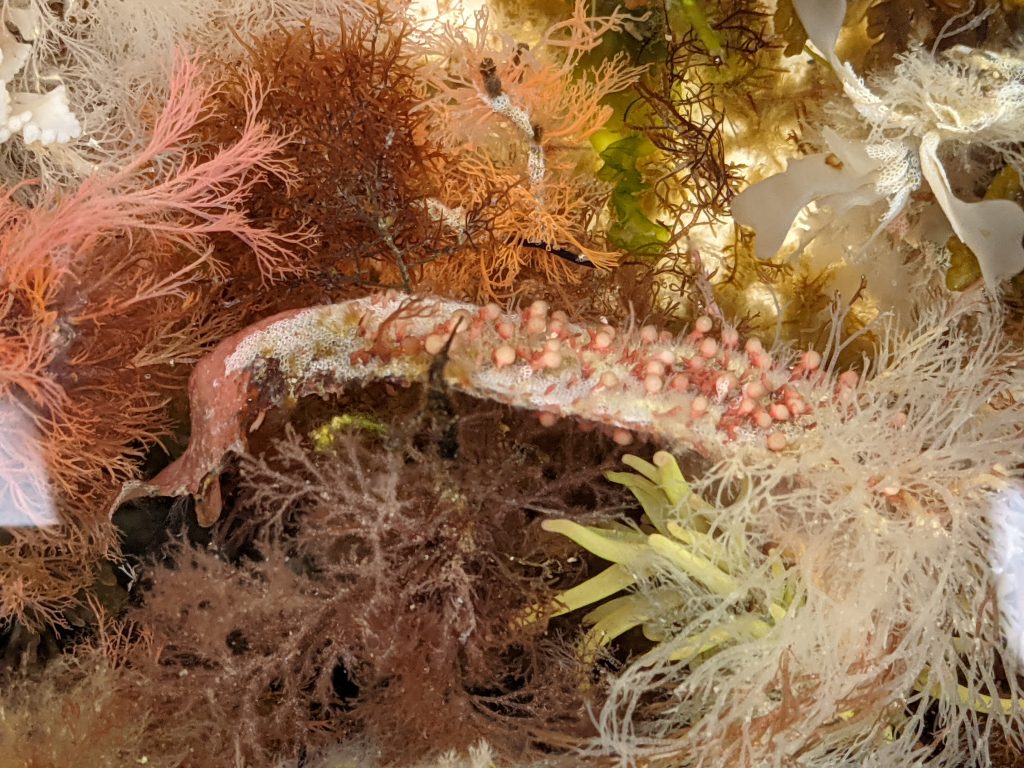
Nowadays, seaweed farming actually helps counter climate-change, while deforestation decimates rainforests and other crucial carbon sinks. Fast-growing oceanic jungles of kelp and other macro-algae are highly efficient at storing carbon. Since the recent passing of a new bylaw preventing inshore trawling the kelp forests in the Living Coast Region are finally beginning a process of regeneration.
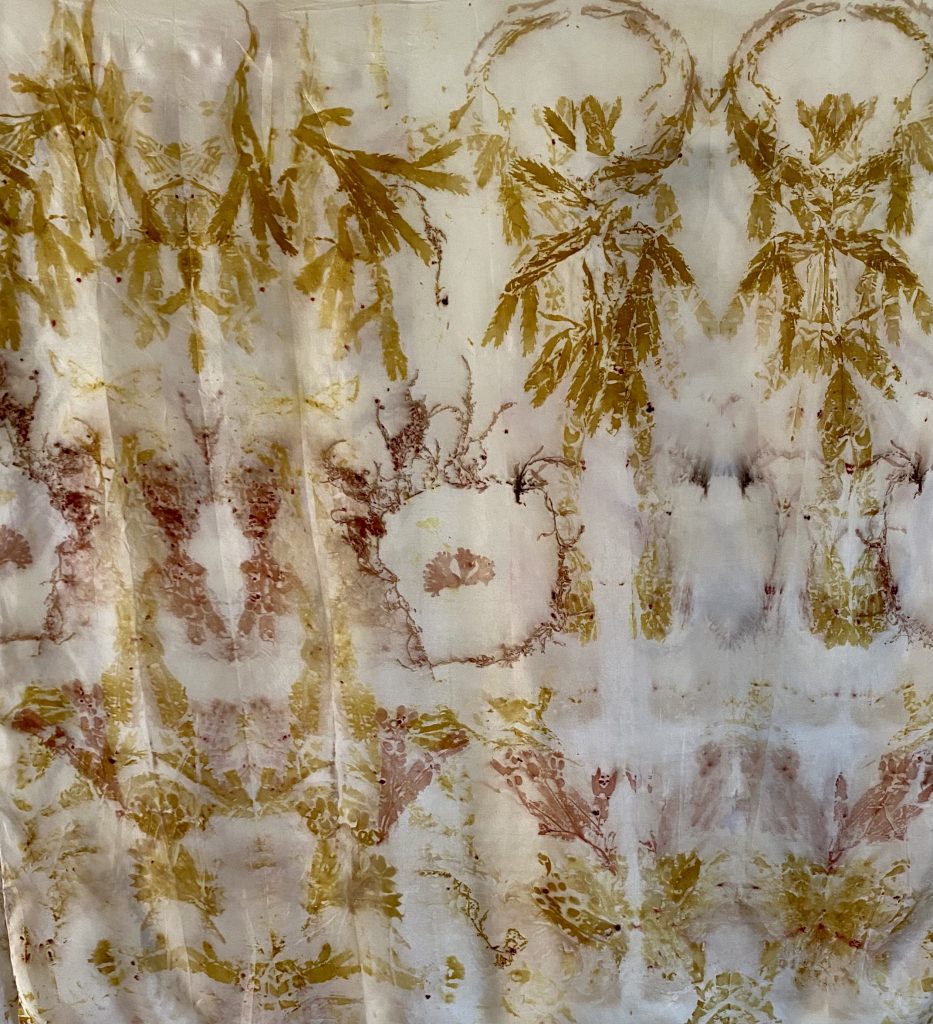
List of Blog Posts
The Study of Seaweed or the Study of Pain?
The Modern Science of Phycology
Mary Philadephia Merrifield – A Brighton Algologist
From Victorian Seaweed Collectors to Women in Science Today
Seaweed and Agar in Microbiology
A Short Account of the Use of Certain British Seaweeds in the Preparation of Agar
The Hunt for British Agar in WW2
A Small Experiment in the Use of Certain British Seaweeds in the Preparation of Agar
Botanical Printing Experiments in the footsteps of Anna Atkins
